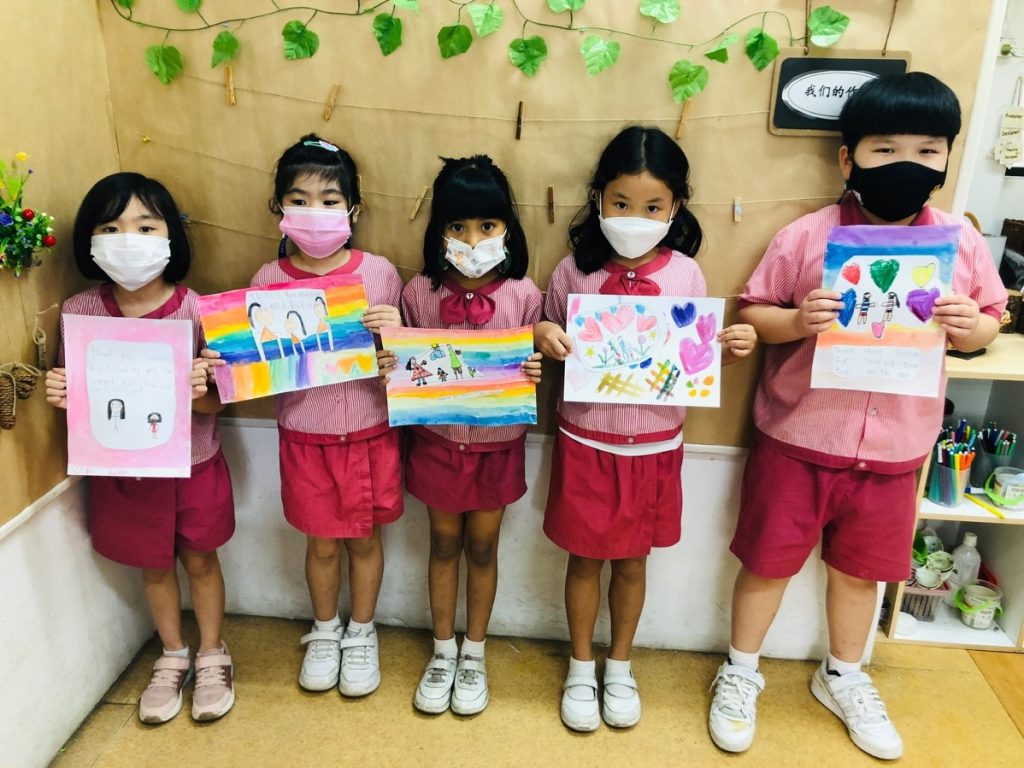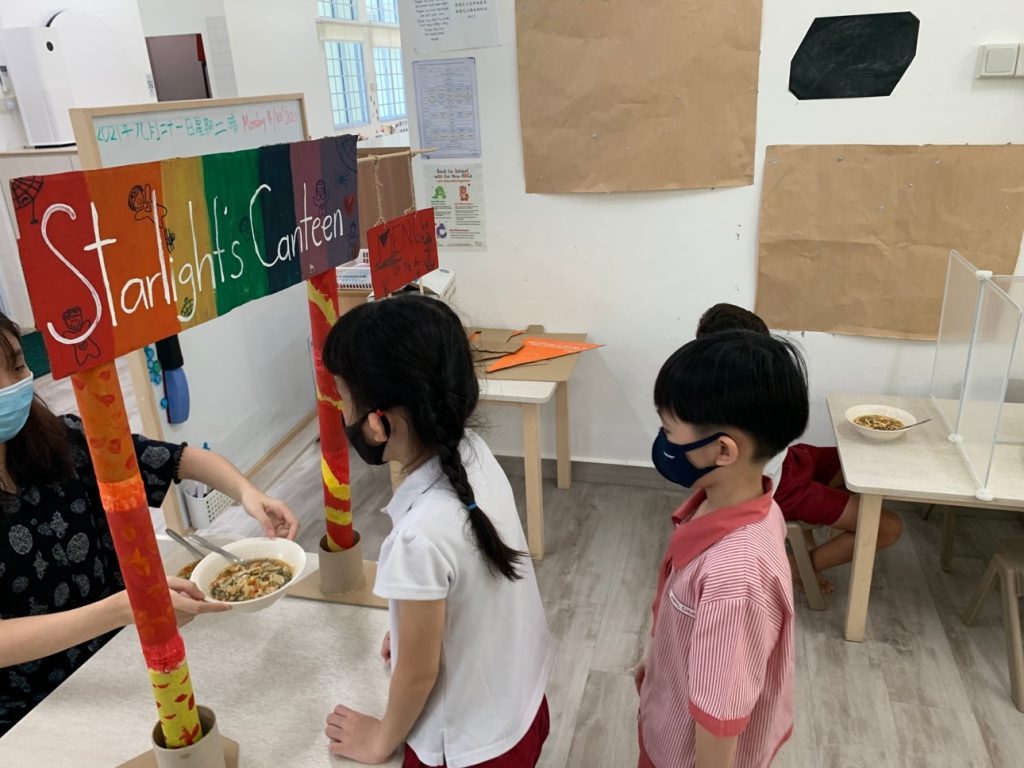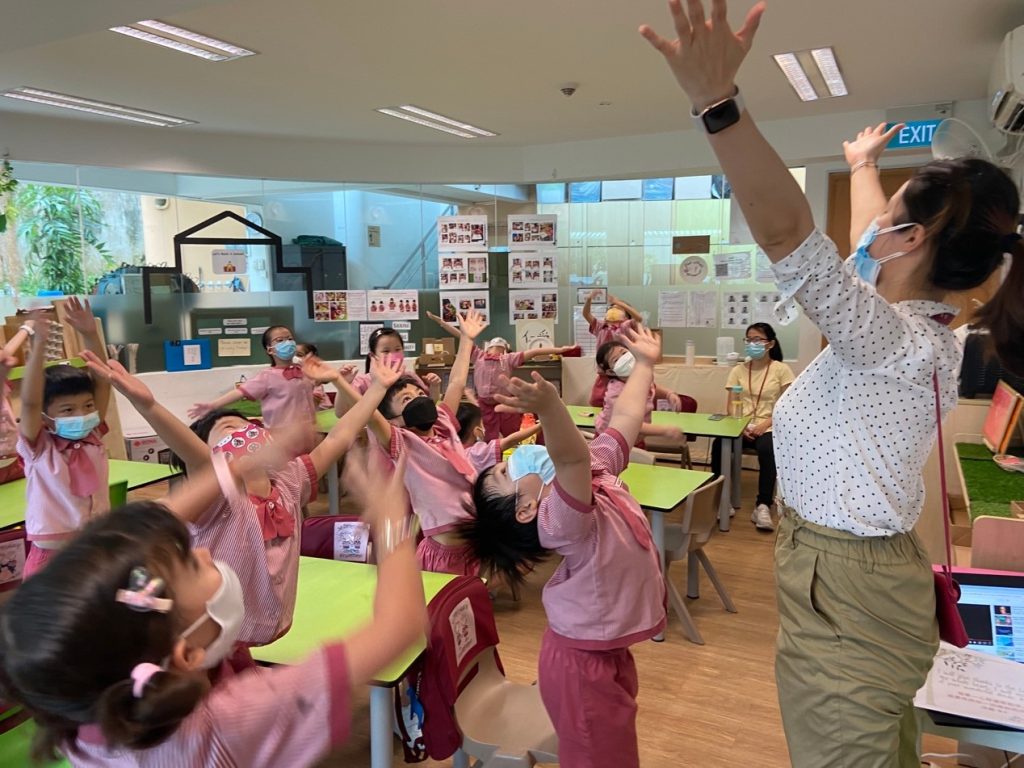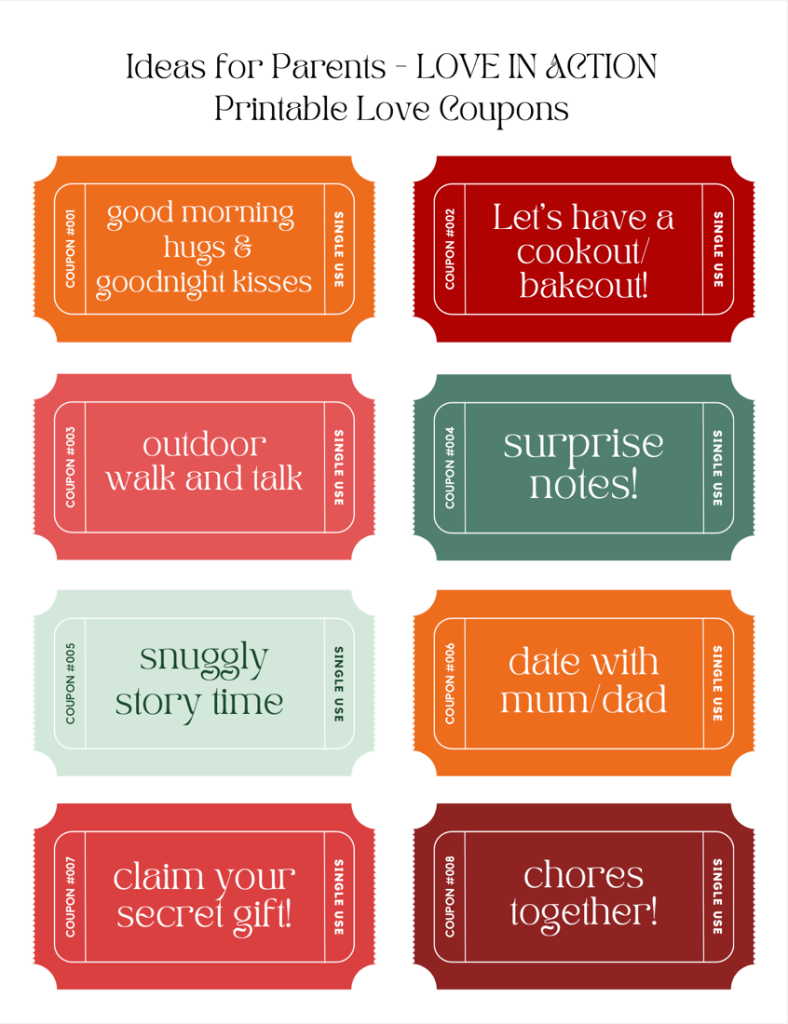By Cara Lee
Every human being is created for relationship, to build connections with the people around us – our friends, family and community. For young children, this desire for love and connection is no different, but what sets them apart is that each child is developing a sense of identity, as they learn about social norms and how to express themselves.
As adults, we sometimes interpret our children’s intentions through our eyes and may not always understand what they truly mean. We must set a firm foundation so that our children know and understand that they are loved for who they are, not what they can do or how they do it. Everything we do and say must be built upon the foundation of love and care.
Every act is like planting a seed in their hearts and when they feel it, they reciprocate and a little flowering happens to that seed. Something takes root or grows a little – and this builds the heart-to-heart connection and strengthens the relationship between parent and child.
What is your child’s love language?

Dr. Gary Chapman, a marriage counsellor known for his best-selling book The 5 Love Languages suggests that we all express and experience love in five different ways:
- Physical touch
- Quality time
- Words of Affirmation
- Acts of Service
- Gifts
Everyone has one primary language that we give and receive love. Knowing your partner’s love language and letting them know yours is a way to help you both feel loved and appreciated.
However, this does not just apply to couples. Chapman later co-wrote The 5 Love Languages of Children for parents to speak their child’s love language in a way that they understand. He said: “It’s not enough to love your kids, we have to know how to communicate love to a child so that he genuinely feels loved.”

Simple everyday words and actions from our children can help us discover our child’s love language. It is their simple way of expressing a need or want to connect and build relationships.
For example, a child who says “I love you” often may express themselves through words of affirmation.
A child who says, “I love going to school…because when we drive to school, we can sing songs together!” or “Can you come home earlier to play with me?” may express themselves through quality time.
A child who hugs you every night when saying goodnight or who says “You look tired, I can give you a massage!” and proceeds to use their little fists to pound on your back may express themselves through physical touch and acts of service.
A child who loves making little crafts for you may have the love language of gifts.

When I was a preschooler, I remember that love was expressed in a variety of ways at home. Looking back, it was the loving bond shared between my parents and I that helped me to express, receive and understand love through all the 5 languages of love. Till today, the journey continues as I relate and connect with those around me, especially with loved ones . As parents and adults, how we choose to respond to our children matters.
Here are 3 ways we can constructively understand and speak the language of love to our children at home:
1) Use the “Serve and Return” method

You may have heard the phrase “serve and return” in the context of child development, but what does it mean? At its core, serve and return is about responsive interactions between adults and children, and how those interactions help children grow and reach their full potential. One person “serves” by offering up a sound, glance, word, or gesture, and the other “returns” it: Your baby looks at you, and you smile.
One useful method is to repeat what your child says (in the form of a question) and reciprocate. For example, when your child says, “I love you, Papa!” you can respond with, “You love Papa? Papa loves you very much too.” Accompany this with a loving touch to support and encourage them.
This forms the foundation for responsive interactions even from infancy. Research shows that serve and return is crucial for shaping brain architecture and build strong neural connections. It also helps to strengthen relationships which are essential to our children’s lifelong learning, health and behavior.
2) Prompt them to think about putting love in action

Asking questions helps our children to think about how they can show love in different ways and situations. Start with a recall, by saying: “Remember yesterday when we took the MRT to meet Daddy for dinner after work? Did you enjoy that?”
We can learn what our children love from how they respond to us. Follow up with “What else can we do together to spend time as a family?” to help them think deeper.
Remember, what is most important is not pressing our children for a response, but to model interest and care continually. They will respond positively in time.
3. Practice loving others together

While is it easy to show love to people we care about, it is more difficult to show love to others in the community. You could organise a family bonding activity with your child to show love to others around you. For example, plan an outdoor walk with your grandparents to spend quality time together or invite a friend over for a little meal and have your child involved in hosting or preparing food.
As with all learning, our children start from experiencing love, internalising and interpreting love, and then going on to showing love.
The post Chinese New Year period into Valentine’s Day can be an opportune time for us to practice love-in-action as we reunite with our extended families and friends!
Bonus: Download these printable love coupons you can use with your child to practice love in action

In their preschool years, we observe children expressing love in almost all languages. When we speak all 5 love language, to our children, we model what an emotionally-healthy state of love looks and feels like, but more importantly, show them practically what love in action is. As our children grow older, they may lean towards one or two languages but will continue to speak all 5 love languages as they grow steadily and develop their own self-identity.
Why is it important to show love in a way that speaks to our children?
Imagine a heart not loved, a soul not nurtured – it would be like a parched land craving a drop of water. While we are blessed with our children, let us love them genuinely and actively so that they may grow up to be channels of love and hope. Let us steward the moments we have with our children wisely and lovingly.
I recently came across a quote that said: “No matter what, I want my children to know they were wished for, longed for, prayed for, and that they are forever loved.” And this is my wish for all parents and children this Valentine’s Day and for the rest of their lives.
To find out more about our preschools and curriculum, visit https://www.anglicanps.edu.sg.












